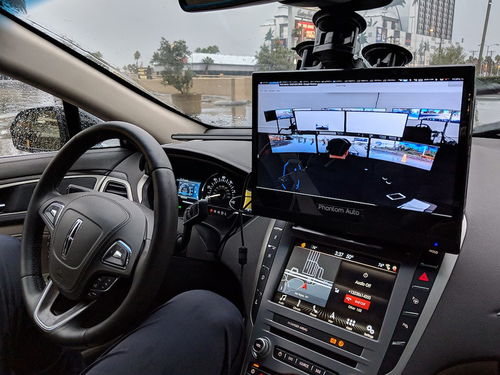Understanding the Costs Involved

Importing a car from the United States can be an exciting endeavor, but it’s crucial to understand the various costs involved to ensure a smooth and financially sound process. Let’s delve into the details to help you get a clearer picture of what you might expect to pay.
1. Purchase Price of the Vehicle

The most significant cost is, of course, the price of the vehicle itself. This will vary greatly depending on the make, model, year, and condition of the car. It’s essential to research the market value of the car you’re interested in to ensure you’re getting a fair price.
2. Shipping Costs

Shipping a car from the United States to your home country can be quite expensive. Costs are influenced by the distance, the size of the vehicle, and the method of transport. Here’s a breakdown of the typical shipping costs:
| Distance | Shipping Method | Average Cost |
|---|---|---|
| North America | Container | $1,500 – $2,500 |
| North America | Ro-Ro (Roll-on/Roll-off) | $500 – $1,500 |
| Europe | Container | $2,500 – $4,000 |
| Europe | Ro-Ro | $1,000 – $2,000 |
3. Customs Duties and Taxes
Customs duties and taxes are another significant expense. These vary depending on the country of import and the type of vehicle. Generally, you can expect to pay between 5% and 25% of the car’s value in customs duties. Taxes are usually calculated based on the car’s value, engine size, and fuel type.
4. Insurance
Insurance is a crucial aspect of importing a car. You’ll need to ensure that the vehicle is covered during shipping and upon arrival in your country. Insurance costs can vary widely, depending on the coverage you choose and the value of the car.
5. Registration and Titling Fees
Once the car arrives, you’ll need to register it and obtain a title. These fees vary by country and can range from a few hundred to a few thousand dollars.
6. Modifications and Compliance
In some cases, you may need to modify the car to comply with local regulations. This could include changing the lights, tires, or other components. The cost of these modifications can vary widely, depending on the extent of the work required.
7. Miscellaneous Expenses
There are also various other expenses to consider, such as transportation to and from the port, temporary storage, and any unexpected costs that may arise during the import process.
Calculating the Total Cost
Now that we’ve outlined the various costs involved, let’s put them into perspective. Here’s a rough estimate of what you might expect to pay for importing a car from the United States:


